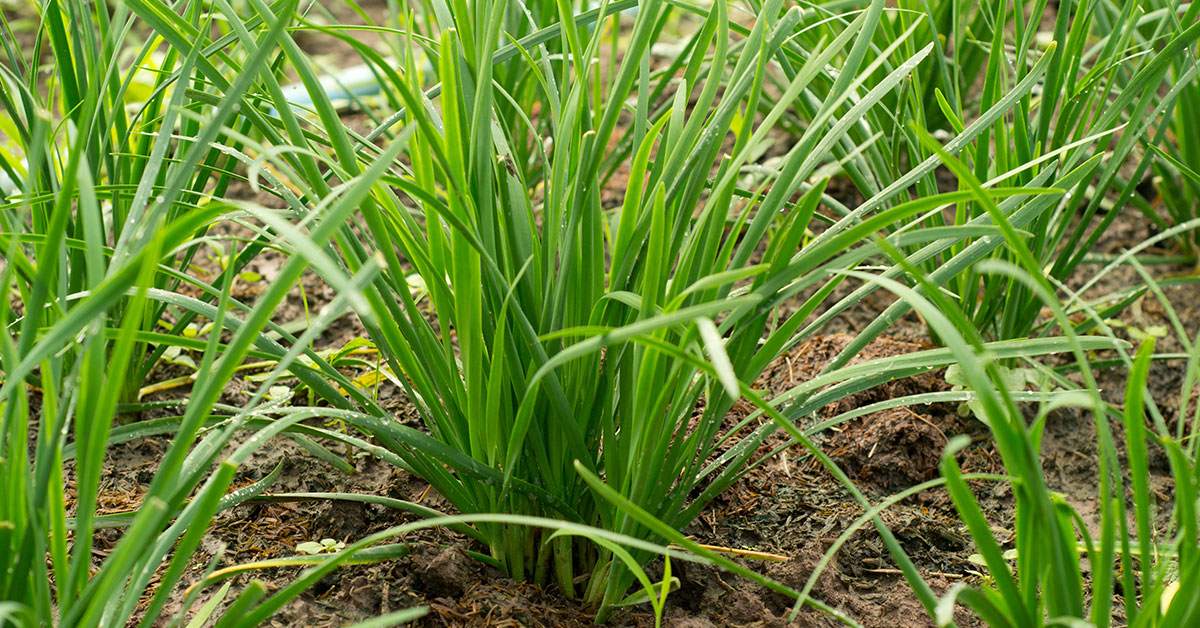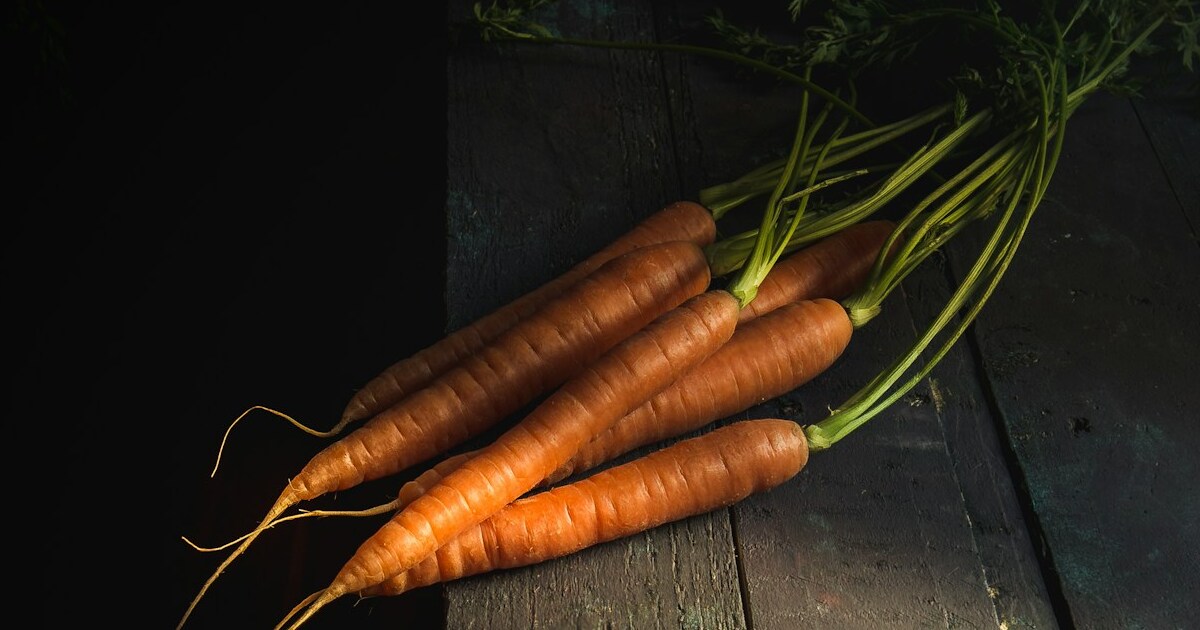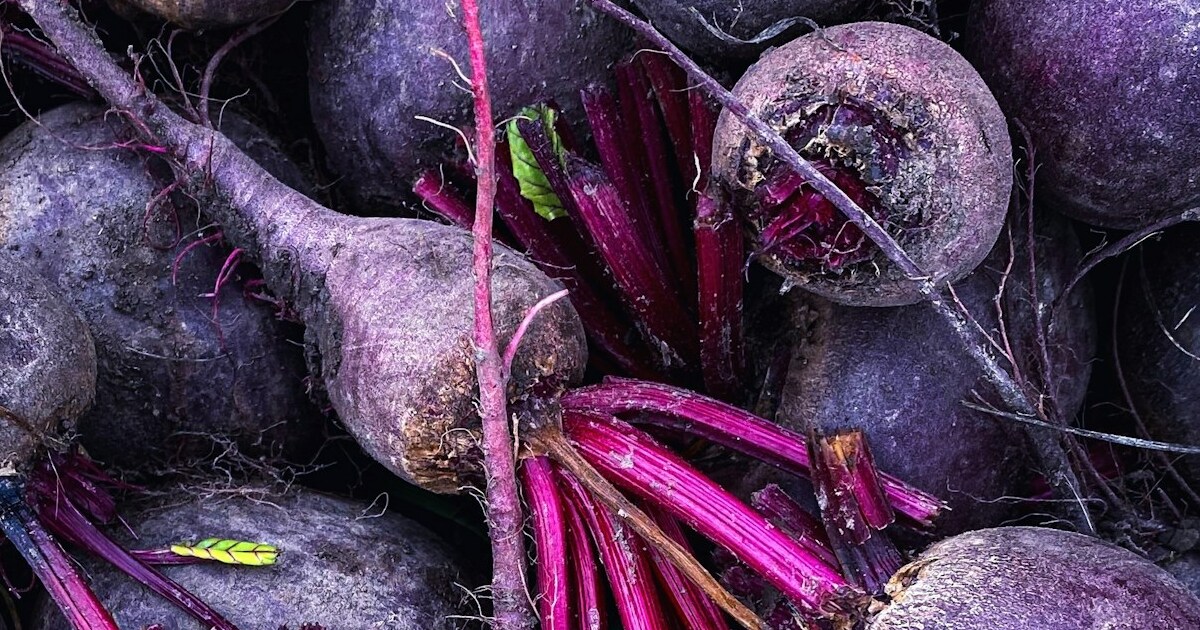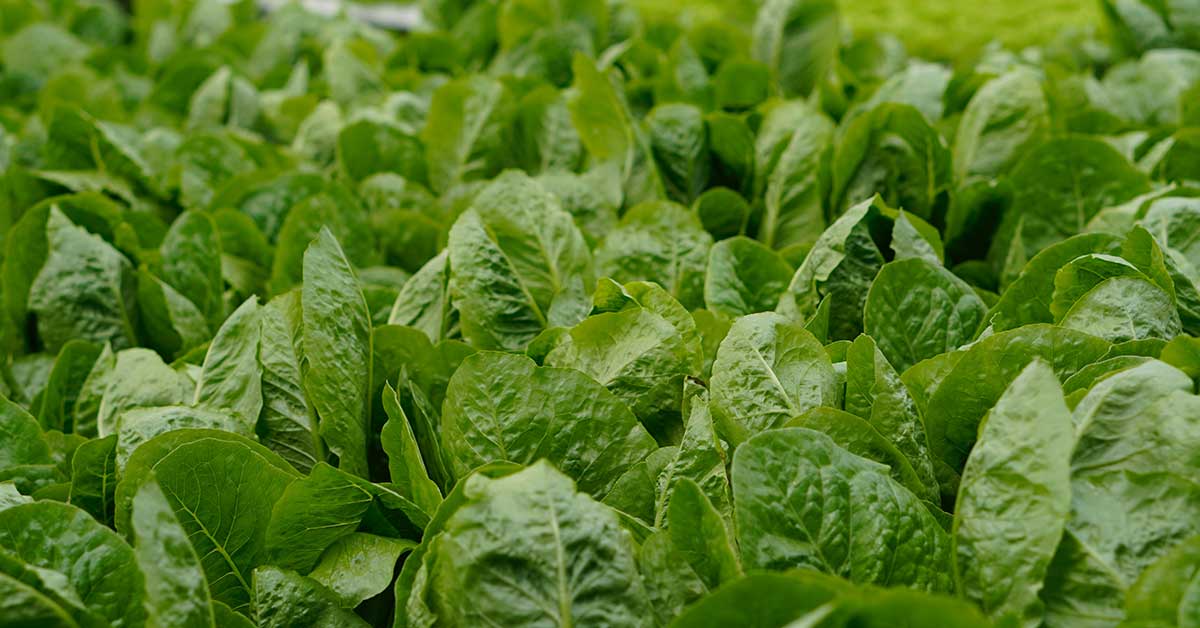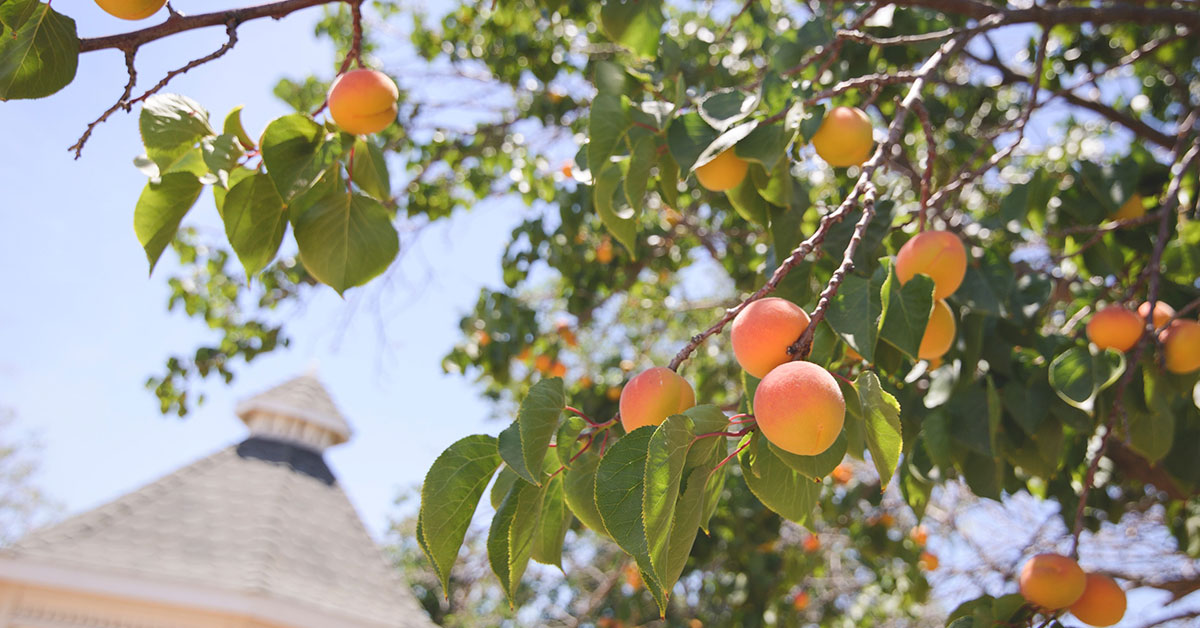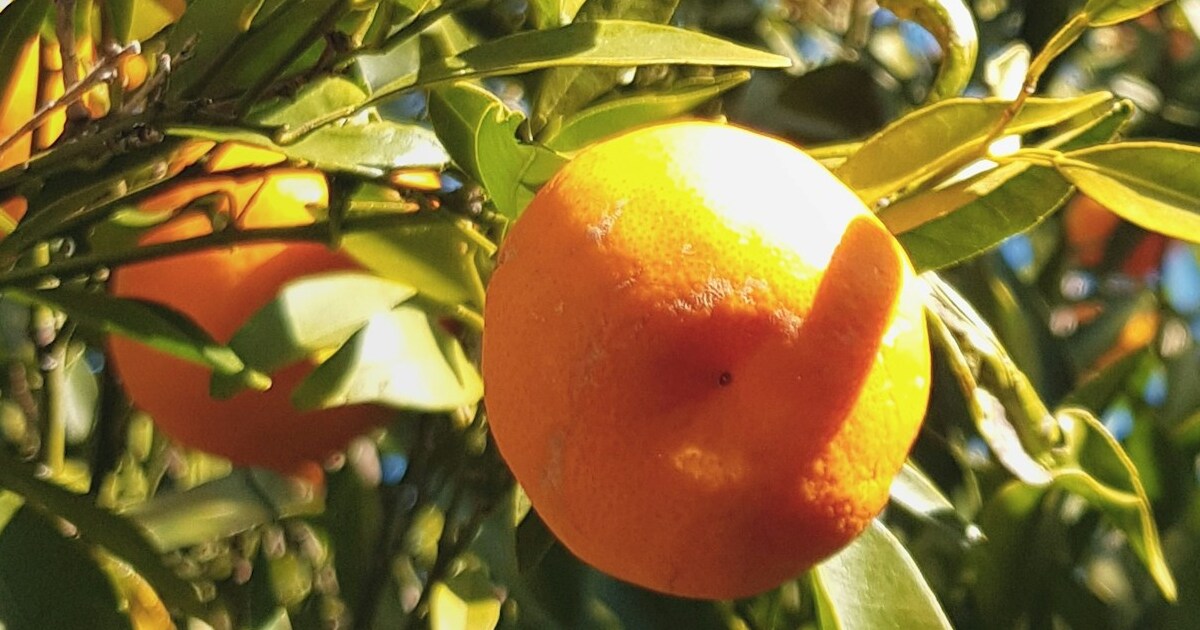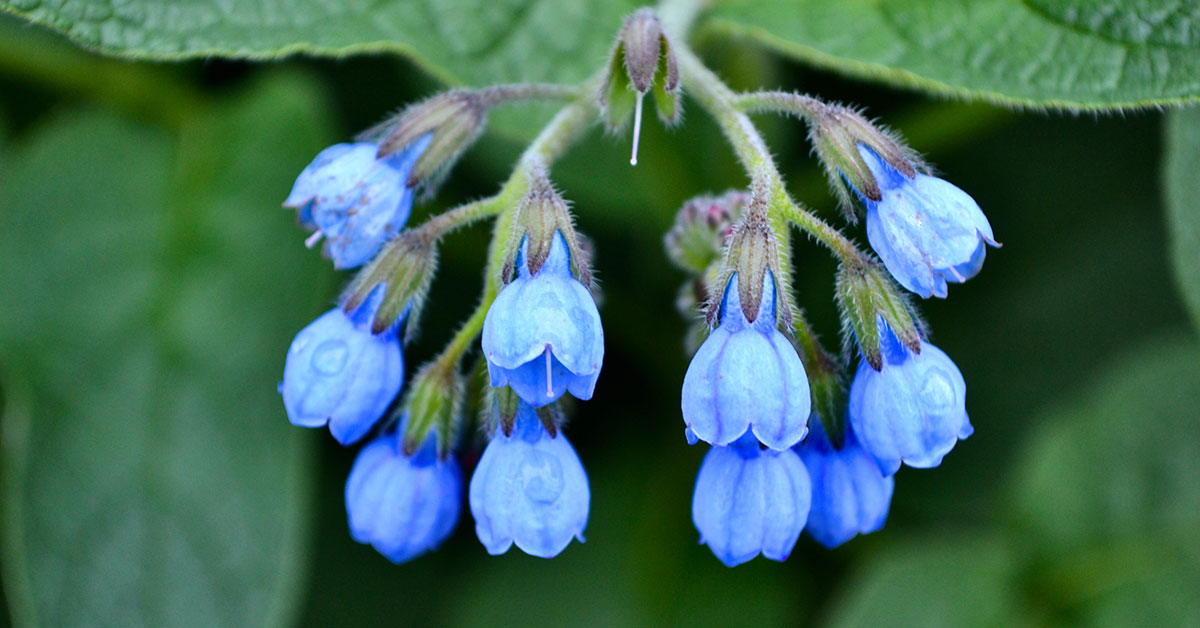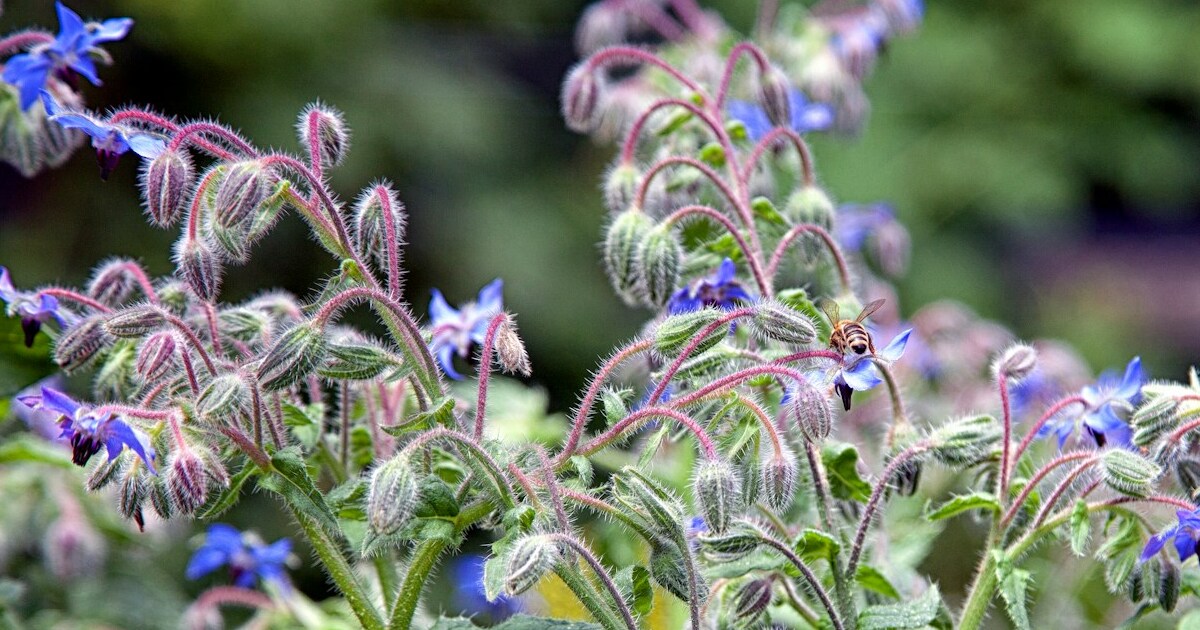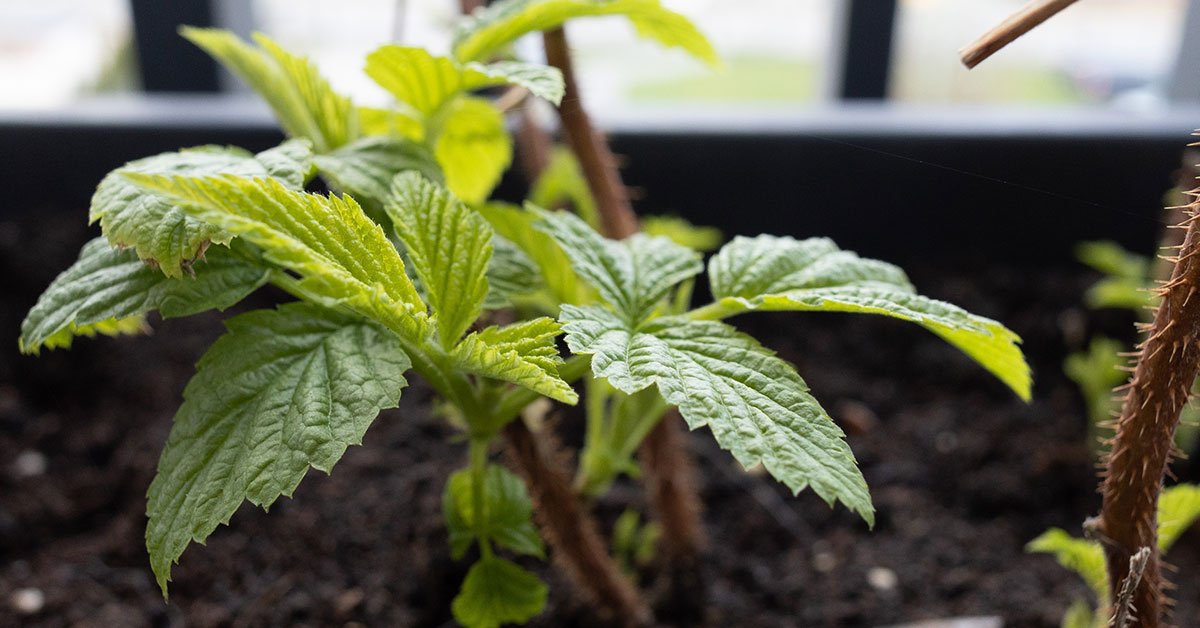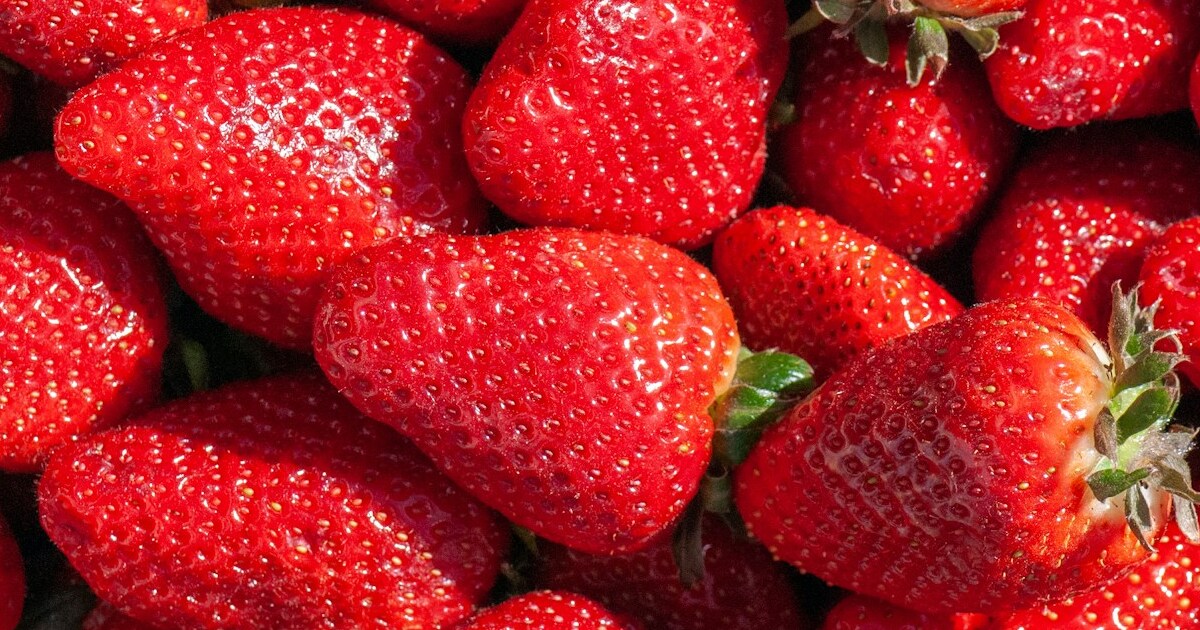Just because summer is over doesn’t mean the growing season has to be! In fact, fall and winter are fantastic times to harvest fresh, delicious vegetables that thrive in cooler temperatures. I know it can be a bummer when the warm-weather crops start to fade, but don’t let that discourage you—there are so many wonderful veggies that actually do better in the cooler months. Whether you’re dealing with frosty mornings or just a bit of a chill, there are plenty of hardy options that will keep your garden productive and your table full!
These ten vegetables are perfect for planting in the fall for a late harvest or even growing through the winter in many climates. They bring a lot of variety, flavor, and nutrition to your meals, and many of them can handle a bit of frost without missing a beat. Plus, there’s nothing quite like stepping outside on a crisp day and picking fresh greens or root veggies from your own garden. Let’s dive into these top choices and get ready for a bountiful fall and winter harvest!
Kale (Brassica oleracea var. sabellica)
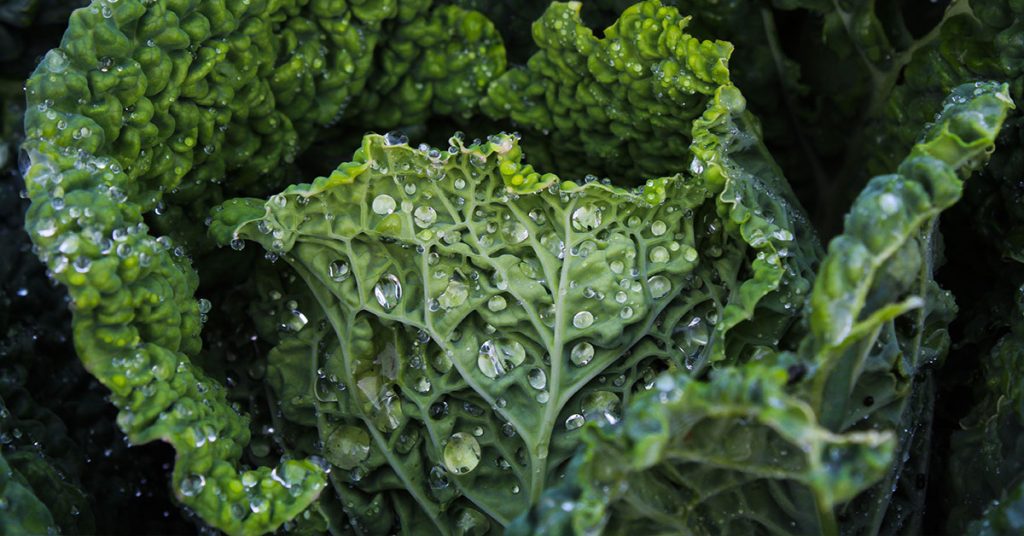
Kale is an absolute superstar when it comes to fall and winter gardening. Native to the eastern Mediterranean and Asia Minor, kale is a cool-weather vegetable that actually tastes sweeter after a frost! I find it incredibly satisfying to grow, knowing that it will thrive even as the temperatures drop. With its curly, textured leaves in shades of green, purple, and even blue, kale not only adds beauty to the garden but also packs a powerful nutritional punch.
This leafy green is not considered invasive and is relatively easy to care for, thriving in full sun to partial shade with well-drained soil. Kale is also a great choice for supporting local wildlife; its flowers attract beneficial insects like bees and ladybugs. It’s perfect for harvesting throughout the fall and into winter, and you can pick leaves as needed without harming the plant. If you’re looking for a hardy, versatile green that will keep producing even in cold weather, kale is a must-have!
Brussels Sprouts (Brassica oleracea var. gemmifera)
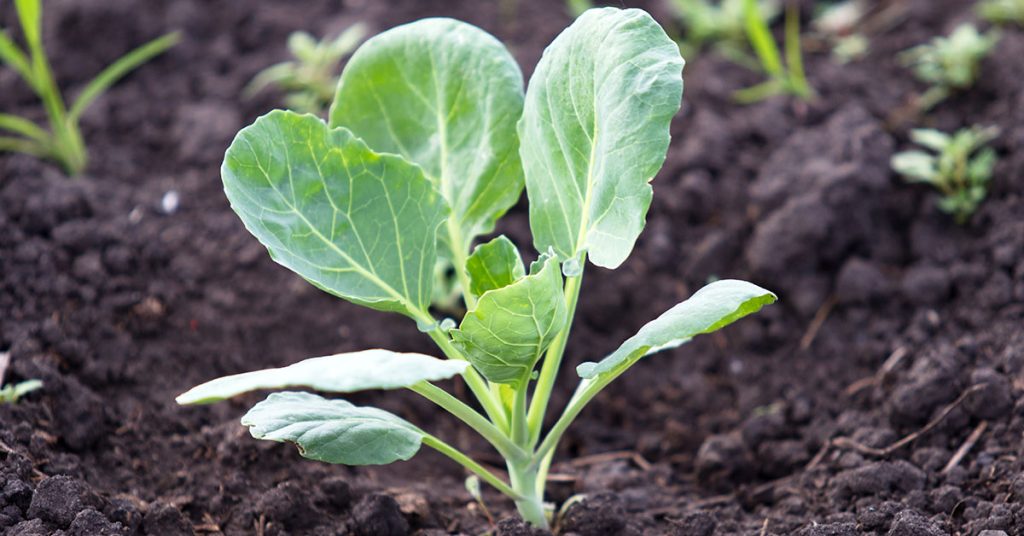
Brussels sprouts are a fantastic choice for a fall and winter garden, providing a continuous harvest of delicious, miniature cabbages. Native to the Mediterranean region, these plants thrive in cool weather and actually improve in flavor after a frost, developing a sweet, nutty taste that is hard to beat. I love how Brussels sprouts grow on tall stalks with small, dense sprouts lining the sides—it’s such a unique plant to have in the garden!
Brussels sprouts are not invasive and require full sun and rich, well-drained soil to perform their best. They can take a while to mature, so it’s best to plant them in late summer or early fall for a winter harvest. These plants also provide habitat for beneficial insects, and their thick foliage can help suppress weeds. If you’re looking for a vegetable that offers both visual interest and a delicious harvest, Brussels sprouts are a wonderful option to consider.
Carrots (Daucus carota)
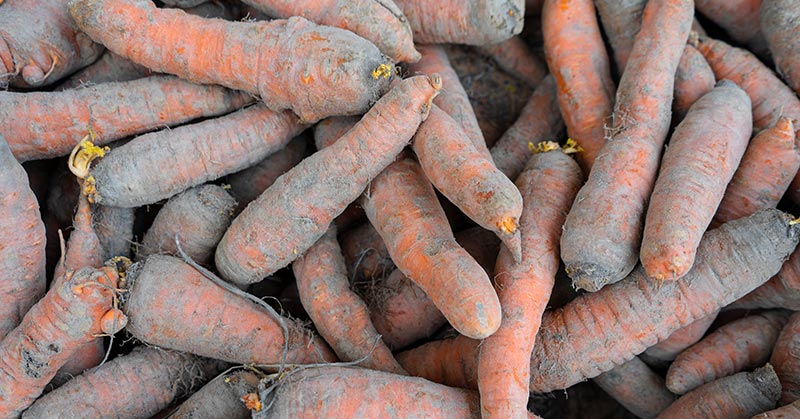
Carrots are a delightful addition to the fall and winter garden, and they taste even better when grown in cooler temperatures. Native to Persia (modern-day Iran and Afghanistan), these root vegetables develop a sweeter flavor as the weather cools, making them a perfect choice for late-season harvests. I love how satisfying it is to pull a bright orange, red, or even purple carrot from the ground—it’s like digging up hidden treasure!
Carrots are not invasive and are relatively easy to grow, preferring full sun and loose, well-drained soil. They can handle light frost and will continue to grow slowly through the winter in milder climates. Carrots are also a great choice for companion planting, as their scent can help deter pests like aphids from other crops. If you’re looking for a versatile root vegetable that offers a rewarding harvest, carrots are a fantastic choice for fall and winter gardening.
Spinach (Spinacia oleracea)
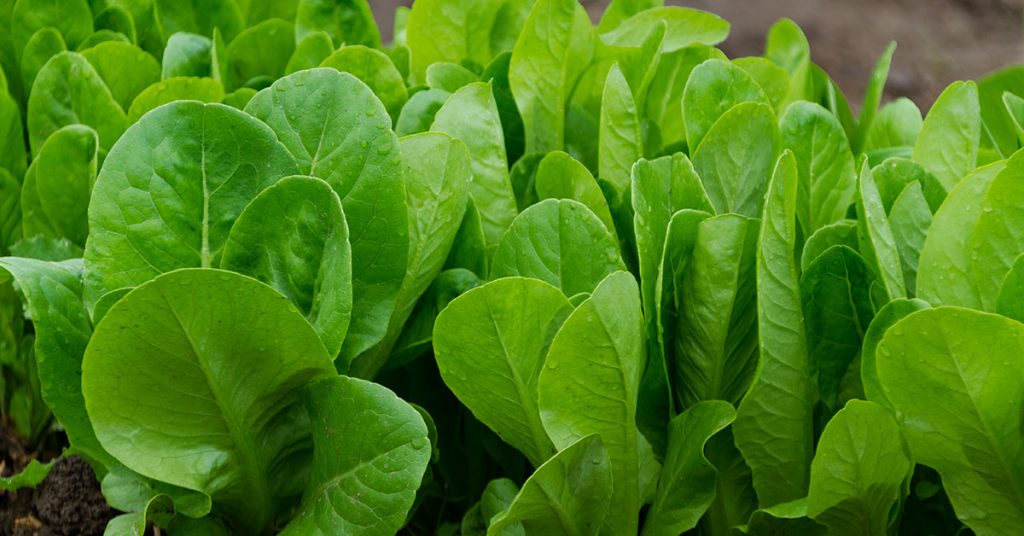
Spinach is one of my favorite greens to grow in the fall and winter. Native to Persia, this leafy vegetable thrives in cooler temperatures and can handle light frosts without any problem. I find spinach incredibly easy to grow, and it’s so rewarding to have fresh, nutrient-packed greens right through the winter months. The crisp, slightly sweet flavor of freshly picked spinach is worlds apart from anything you’ll find in a grocery store!
Spinach is not considered invasive and is very low-maintenance, thriving in full sun to partial shade with well-drained soil. It’s also incredibly fast-growing, which means you can plant it successively throughout the fall for a continuous harvest. Spinach is rich in vitamins and minerals, and its flowers attract pollinators like bees. If you’re looking for a versatile, cold-hardy green that adds nutrition and flavor to your meals, spinach is a fantastic choice.
Leeks (Allium ampeloprasum)

Leeks are a fantastic vegetable to grow for a fall and winter harvest, providing a delicious, mild onion flavor that enhances a wide range of dishes. Native to the Mediterranean and Central Asia, leeks are incredibly cold-tolerant and can survive even harsh winters with a bit of protection. I find them to be a perfect addition to soups, stews, and sautés, adding a subtle sweetness that’s hard to beat!
Leeks are not considered invasive and grow best in full sun with well-drained, fertile soil. They require a bit of patience to mature, but the reward is worth it—they can be harvested from fall right through to early spring. Leeks also provide habitat for beneficial insects, and their tall, upright growth habit makes them a good companion for shorter crops. If you’re looking for a hardy, flavorful vegetable to add to your garden, leeks are an excellent choice.
Swiss Chard (Beta vulgaris var. cicla)
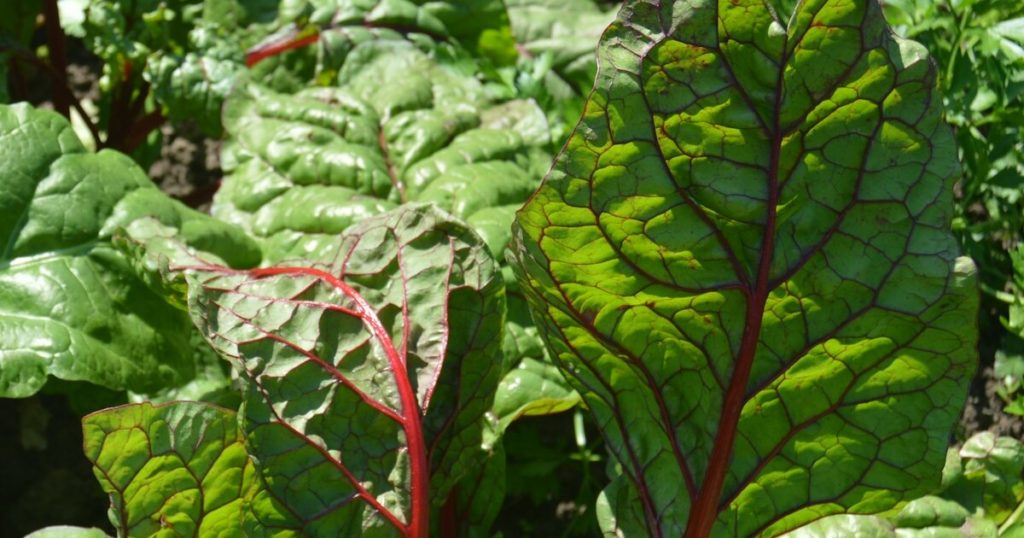
Swiss Chard is a colorful, resilient vegetable that’s perfect for a fall and winter harvest. Native to the Mediterranean, this leafy green comes in a variety of bright colors, including red, yellow, pink, and orange, making it a stunning addition to the garden. I love how Swiss Chard can withstand light frosts and still produce vibrant, delicious leaves well into the colder months.
Swiss Chard is not considered invasive and is relatively easy to grow, thriving in full sun to partial shade with well-drained soil. It’s a fantastic choice for small gardens since it can be harvested leaf by leaf, allowing the plant to keep producing over a long period. This vegetable also provides food for pollinators like bees, thanks to its small, inconspicuous flowers. If you’re looking for a hardy green that adds both beauty and nutrition to your garden, Swiss Chard is a wonderful option.
Turnips (Brassica rapa subsp. rapa)
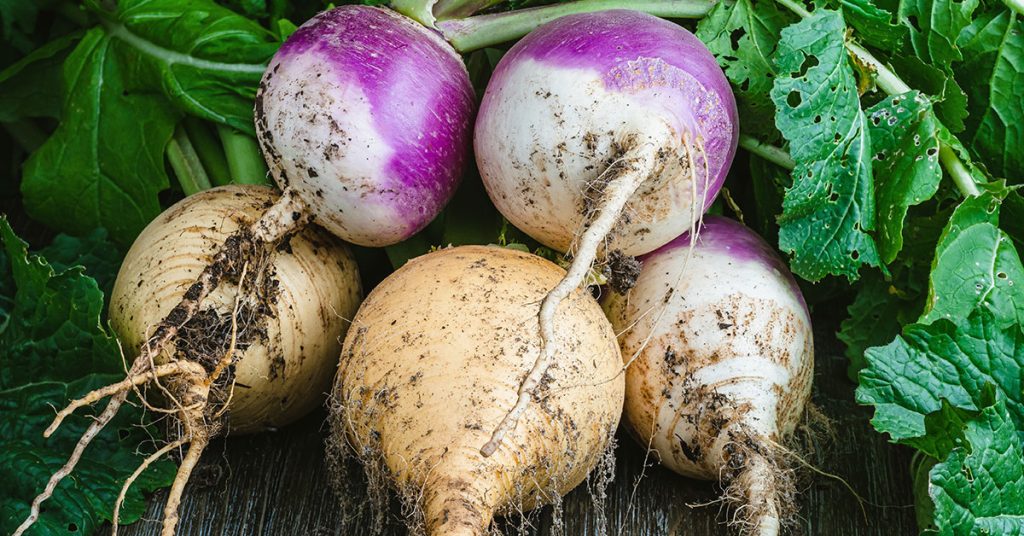
Turnips are a versatile vegetable that truly shines in the fall and winter garden. Native to Europe and Asia, turnips produce both edible roots and greens, making them a double-duty crop. I find turnips incredibly satisfying to grow—they’re fast-maturing, cold-hardy, and have a mild, slightly sweet flavor that’s delicious in everything from soups to roasts.
Turnips are not invasive and are very low-maintenance, thriving in full sun with well-drained soil. They can withstand frost and even light snow, making them perfect for a winter harvest. Turnips also attract beneficial insects, and their large leaves provide ground cover that helps suppress weeds. If you’re looking for a vegetable that offers both variety and ease, turnips are an excellent choice for your fall and winter garden.
Collard Greens (Brassica oleracea var. viridis)
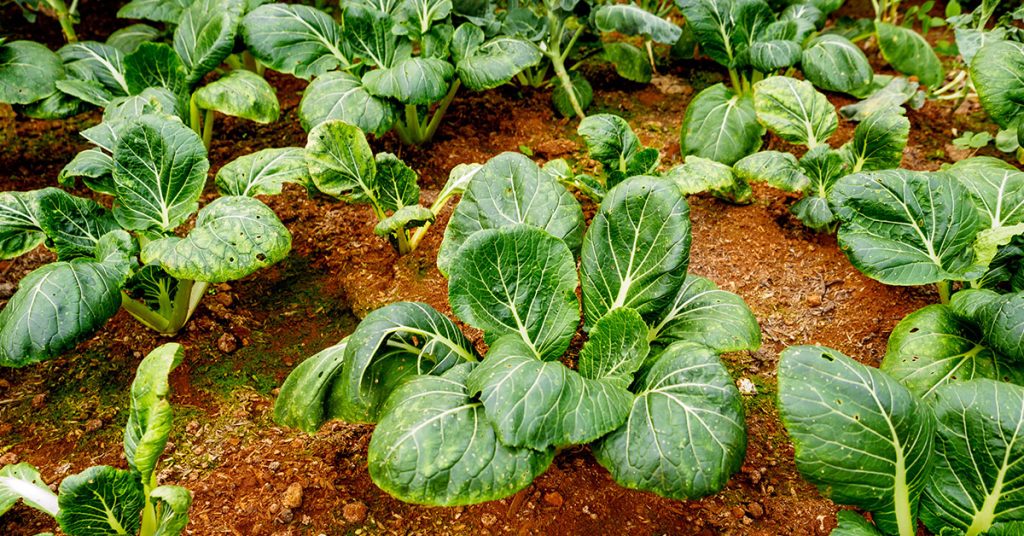
Collard greens are another fantastic choice for a fall and winter harvest, with their large, dark green leaves that taste sweeter after a frost. Native to the eastern Mediterranean, collard greens are incredibly hardy and can withstand cold temperatures that would kill other greens. I love how easy they are to grow, and they’re a staple in many winter dishes, from hearty stews to simple sautés.
Collard greens are not considered invasive and do best in full sun with rich, well-drained soil. They’re also great for companion planting, as their broad leaves can help shade out weeds and protect other crops from pests. Collards attract beneficial insects, and their dense growth provides excellent ground cover. If you’re looking for a tough, productive green that will keep you harvesting all season, collard greens are a great choice.
Broccoli (Brassica oleracea var. italica)
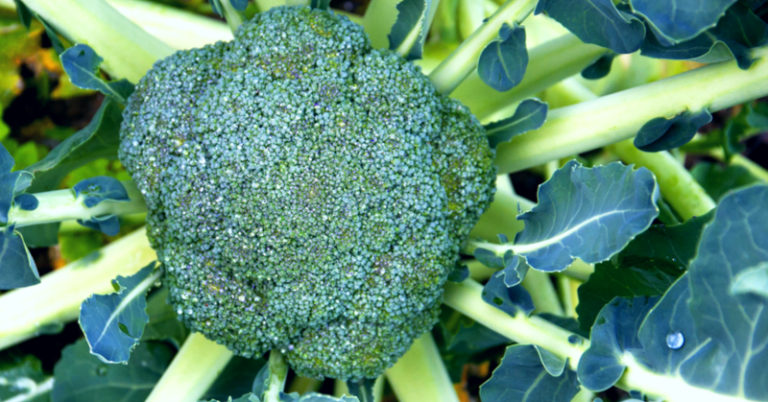
Broccoli is a wonderful vegetable to grow in the fall and winter, providing delicious, nutrient-packed heads that thrive in cooler weather. Native to the Mediterranean, broccoli prefers temperatures in the 60s and will continue to produce new heads even after the main crown is harvested. I love how broccoli brings both flavor and texture to so many dishes, from stir-fries to roasted vegetable medleys.
Broccoli is not considered invasive and requires full sun and well-drained soil to perform its best. It’s also a great crop for attracting beneficial insects, including bees and ladybugs, which help keep pest populations in check. Broccoli can handle light frosts and even improves in flavor after a cold snap, developing a sweeter taste. If you’re looking for a versatile, cold-hardy vegetable that’s packed with vitamins, broccoli is a fantastic choice for your garden.
Mustard Greens (Brassica juncea)
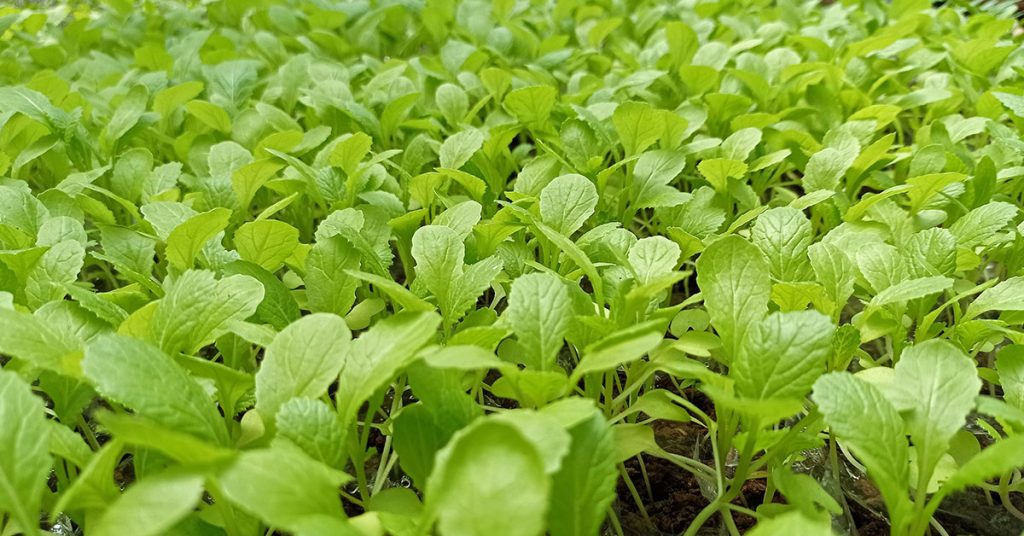
Mustard greens are a spicy, flavorful green that thrives in the cooler temperatures of fall and winter. Native to the Himalayan region of India, these greens develop a more intense flavor as the weather cools, adding a peppery kick to salads, stir-fries, and soups. I love how quickly mustard greens grow—you can go from seed to harvest in just a few weeks!
Mustard greens are not considered invasive and do best in full sun to partial shade with well-drained soil. They’re also very hardy and can tolerate light frosts, continuing to produce fresh leaves well into winter. The flowers of mustard greens attract pollinators, and their leaves can be used as a trap crop for pests, protecting other plants in your garden. If you’re looking for a fast-growing, cold-tolerant green that adds both flavor and nutrition, mustard greens are an excellent option.
These ten vegetables are perfect for keeping your garden productive and colorful well into the cooler months. Whether you’re looking for greens, roots, or something in between, there’s a vegetable here that will fit your garden’s needs and keep you harvesting fresh produce all season long.




